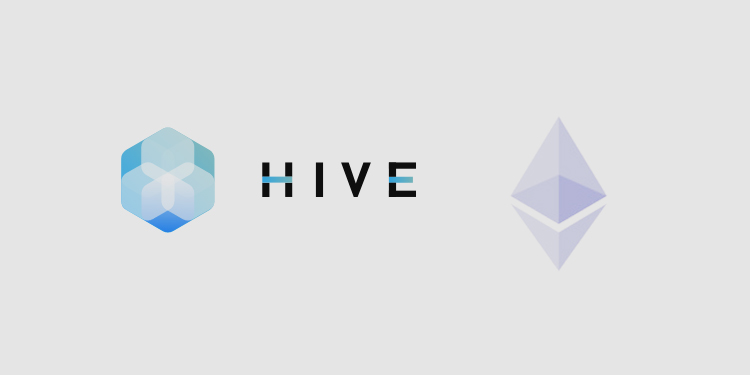HIVE Blockchain Technologies (HIVE), an owner and operator of cryptocurrency mining facilities, announced today it has experienced a more than 20% increase in newly minted ether (ETH) coins mined daily compared to its exit run rate for the last 15 days in December 2019.
The improvement has occurred since the company completed the recent Ethereum network upgrade dubbed the “Muir Glacier” earlier this month. Assuming no significant future decreases in the price of Ethereum or significant increases in the current Ethereum network hash rate, the increased generation of Ether coins is anticipated to have a positive impact on HIVE’s revenues and gross mining profit.
“As one of the world’s largest miners on the Ethereum network, we are excited about recent developments on the network including the beneficial impact of the recent network upgrade. The recent uptick in the number of unique addresses on the Ethereum network also illustrates the increasing adoption of the network, which we hope will also result in an increase in the price of Ethereum as such activity has been correlated with the price of Ethereum coins in the past.”
– Frank Holmes, Interim Executive Chairman of HIVE
Back in July 2019, HIVE rebooted Ether (ETH) mining operations out of its Sweden facility.
Ethereum is an open-ended, decentralized, blockchain-based public software platform that facilitates such peer-to-peer contracts, or “smart contracts”, as well as decentralized applications.
Ethereum and Ether Mining
Mining is the process of creating a block of transactions to be added to the Ethereum blockchain. Miners essentially process pending transactions and are awarded block rewards in the form of Ether, the Ethereum network’s native currency, for each block generated.
Generating a block requires intensive computational work (or hashing power) due to the difficulty set by the Ethereum network protocol. This difficulty level is proportional to the total amount of computational power (also known as the total hashrate of the network) being used to mine Ethereum and serves as a way to secure the network from attacks as well as tuning the speed at which blocks are generated.
In order to support the Ethereum network, developers need the cryptocurrency Ether to create and run applications. Ether is used to pay for transaction fees and computational services. Users can send Ether to other users. And developers can write smart contracts that receive, hold and send Ether.






















